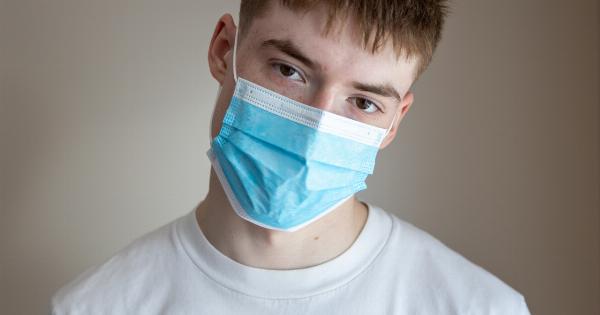Poverty is a global issue that affects millions of individuals and families around the world.
The lack of financial resources and access to basic necessities has a profound impact on various aspects of a person’s life, including their physical health. The physical consequences of poverty exposure can be wide-ranging and often have long-lasting effects on individuals and communities.
Poor Nutrition and Malnutrition
One of the most significant physical consequences of poverty is poor nutrition and malnutrition. Poverty often limits access to healthy and nutritious food, resulting in individuals relying on low-quality, processed foods that lack essential nutrients.
A diet lacking in fruits, vegetables, proteins, and whole grains can lead to various health problems, including deficiencies in vitamins and minerals.
Inadequate Healthcare
Access to quality healthcare is another challenge faced by individuals living in poverty. Many impoverished individuals lack health insurance and are unable to afford necessary medical care.
Without proper healthcare, individuals may neglect preventive measures, delay seeking medical attention, or receive inadequate treatment. This can lead to the progression of diseases and the development of chronic conditions.
Higher Rates of Infections
Living in poverty often means residing in crowded and unsanitary conditions, which increases the risk of infections.
Inadequate housing, lack of clean water, and poor sanitation facilities contribute to the spread of infectious diseases such as tuberculosis, diarrheal diseases, and respiratory infections. These infections can have severe consequences, especially for individuals with weakened immune systems.
Increased Exposure to Environmental Hazards
Poverty-stricken communities are more likely to be located near environmental hazards such as factories, waste disposal sites, and polluted water sources. The exposure to these hazards can have detrimental effects on physical health.
Residents may suffer from respiratory problems, skin conditions, and an increased risk of developing chronic illnesses such as cancer due to constant exposure to harmful pollutants.
Higher Rates of Chronic Conditions
The physical consequences of poverty extend beyond immediate health issues. Poverty is often associated with higher rates of chronic conditions such as cardiovascular diseases, diabetes, and obesity.
Limited access to healthcare, unhealthy living conditions, and poor nutrition contribute to the development and progression of these chronic illnesses, which can significantly impact the quality of life and lifespan of individuals in poverty.
Mental Health Impact
Living in poverty can also have a profound impact on mental health, which in turn affects physical well-being.
The stress, anxiety, and depression associated with poverty can lead to unhealthy coping mechanisms such as substance abuse, overeating, or neglecting self-care. These behaviors further contribute to the development of physical health problems.
Increased Risk of Violence
Individuals living in poverty are often at an increased risk of experiencing violence. Poverty can lead to higher rates of crime and exposure to dangerous environments.
Physical violence, abuse, and assault can result in severe injuries and long-term health complications.
Impacts on Childhood Development
Children growing up in poverty are particularly vulnerable to the physical consequences of their circumstances.
Poverty can hinder their physical development, leading to stunted growth, impaired cognitive functioning, and increased susceptibility to illnesses. Poor living conditions, inadequate nutrition, and limited access to healthcare contribute to these developmental challenges.
Limited Access to Education and Opportunities
Poverty often limits access to education and economic opportunities. Lack of education is not only a barrier to social and economic mobility but also to understanding and adopting healthier behaviors.
Without proper education and information, individuals in poverty may struggle to make informed decisions about their health and engage in preventive measures.
The Cycle of Poverty and Health
The physical consequences of poverty create a vicious cycle that perpetuates the link between poverty and poor health.
Illnesses and chronic conditions resulting from poverty can further exacerbate financial strain, as healthcare expenses become an additional burden. Poor health also limits individuals’ ability to participate in the workforce and pursue educational opportunities, restricting their chances of escaping poverty.
Conclusion
The physical consequences of poverty exposure are far-reaching and have profound effects on individuals’ well-being.
Poor nutrition, inadequate healthcare, exposure to environmental hazards, increased rates of infections, and the development of chronic conditions are just a few examples of how poverty impacts physical health. By addressing the root causes of poverty and implementing poverty alleviation measures, we can help improve the physical well-being of individuals and communities.






























